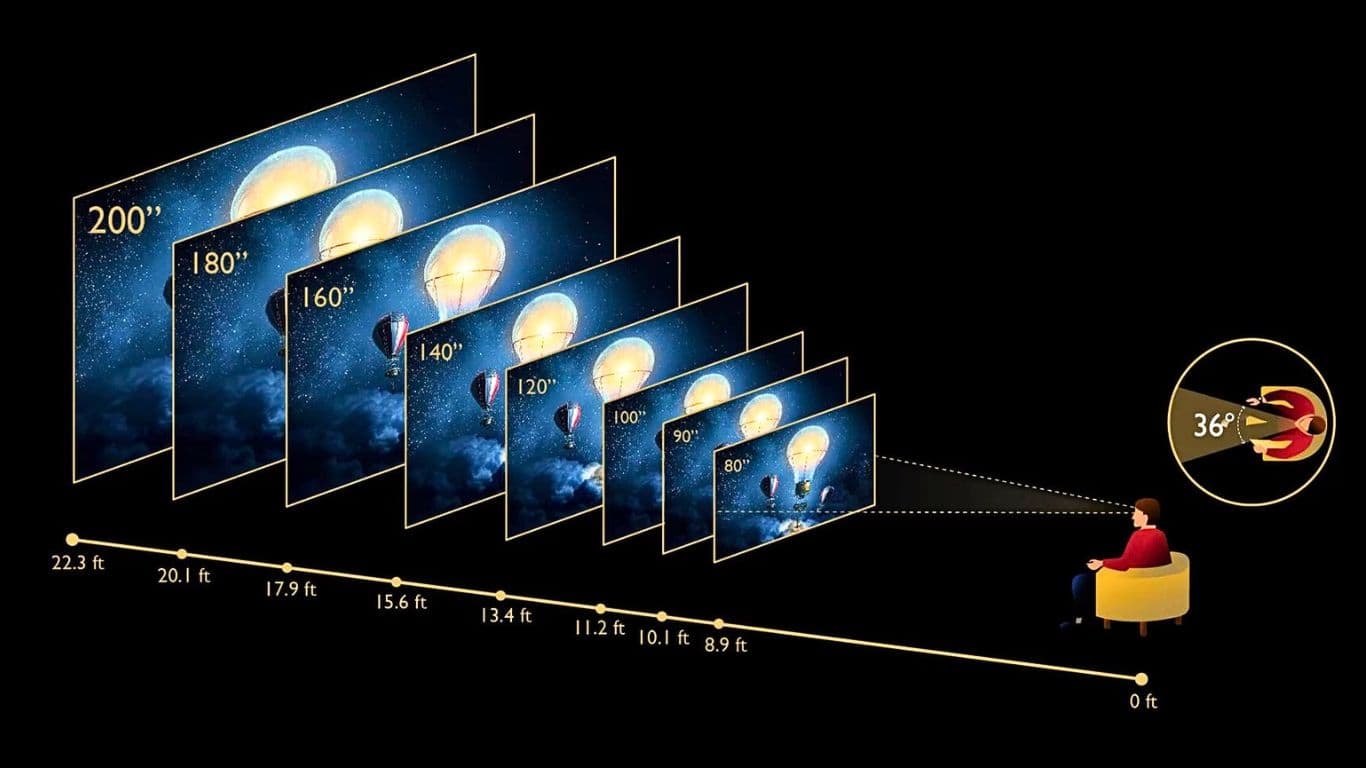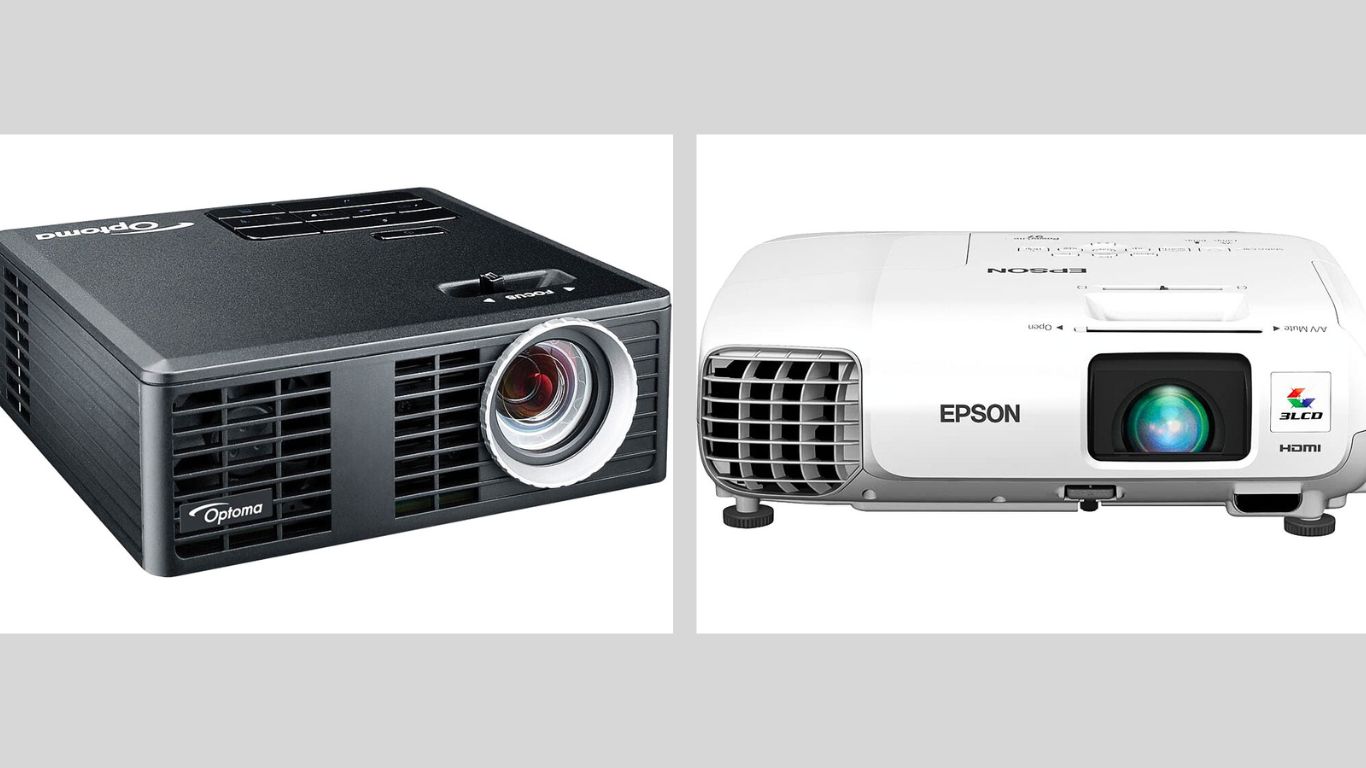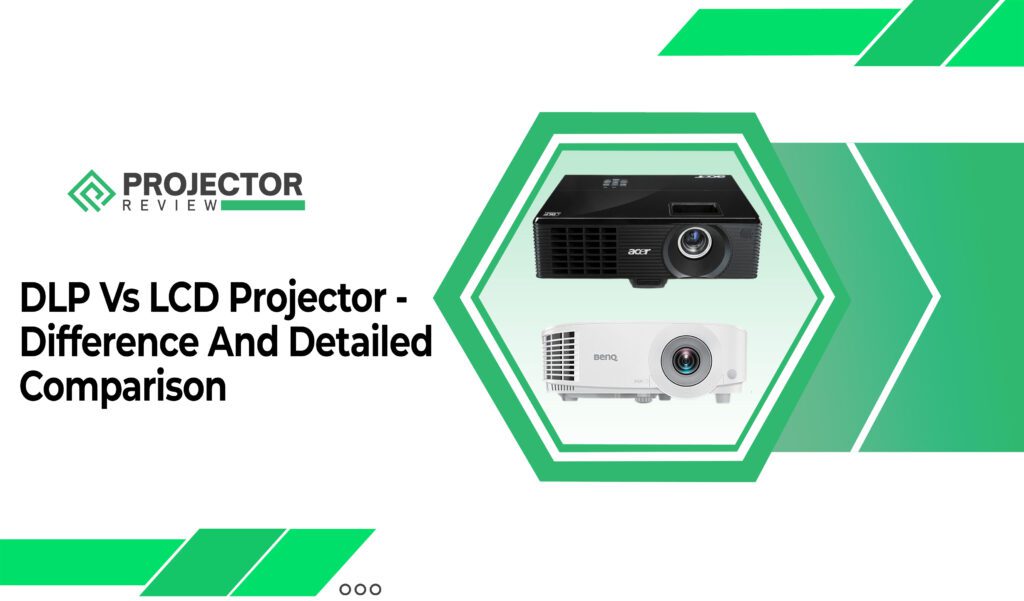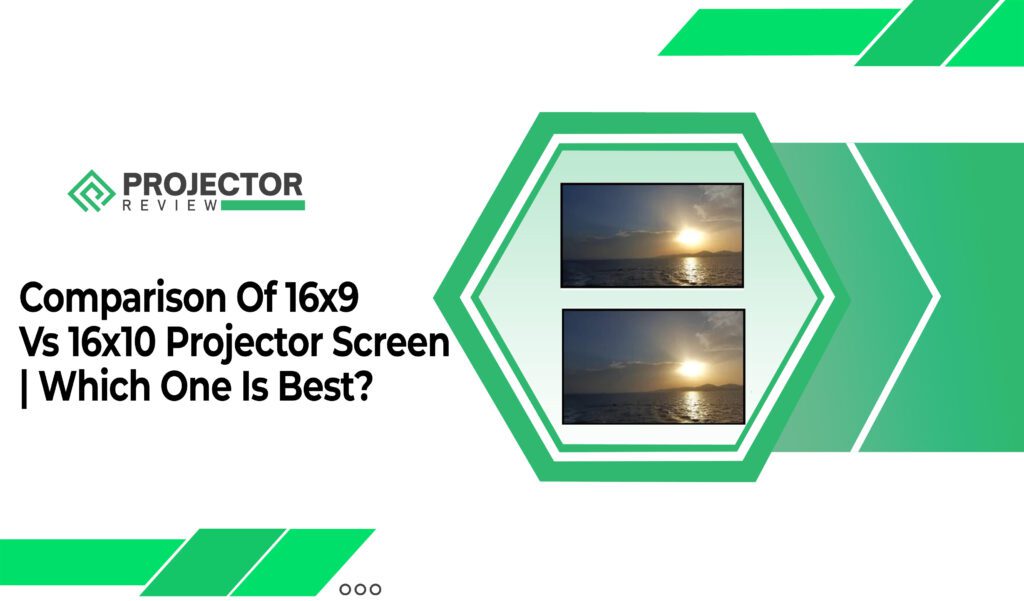If you’re seated in a dimly lit room, eagerly awaiting the magic of your favorite movie or a mesmerizing presentation. Suddenly, the screen comes alive with brilliant clarity and vibrant colors that seem to leap out at you. What’s the secret behind this stunning display? It’s all about harnessing the power of ANSI Lumens and Lumens, the dynamic duo behind unrivaled brightness levels.
In this guide, we’ll go into the heart of this technological marvel, unraveling the key differences between ANSI Lumens and Lumens.
Our goal?
To empower you, our cherished customer, with the knowledge to make informed decisions and take your projection encounters from ordinary to extraordinary and help you to know how to use a projector outside during the day.
Get ready to be dazzled as we explore the mysteries of ANSI Lumens and Lumens, lighting up your world one pixel at a time!
Difference between Lumens and ANSI Lumens
Lumens
Lumens is a general unit of measurement used to quantify the total amount of visible light emitted by a light source, such as a projector or light bulb. It represents the overall brightness output without adhering to any specific testing standards.
ANSI Lumens
ANSI Lumens, on the other hand, is a standardized measurement used exclusively for projectors. It follows specific testing procedures set by the American National Standards Institute (ANSI) to ensure fair and consistent comparisons between different projector models.


Application
- Lumens: Lumens are applied broadly in various lighting contexts, including light bulbs, LED fixtures, flashlights, and more.
- ANSI Lumens: ANSI Lumens are solely used for measuring the brightness output of projectors.
Testing Methodology
- Lumens: The measurement of lumens can vary based on the specific testing environment and equipment used, leading to potential inconsistencies.
- ANSI Lumens: ANSI Lumens follow strict guidelines and controlled testing conditions to determine average brightness levels across multiple points on the projection screen, ensuring reliable and comparable results.
ANSI Lumens Vs LED Lumens
When comparing ANSI Lumens and LED Lumens, it’s essential to understand that they both refer to brightness measurements, but they are used in different contexts.
Resolution
ANSI Lumen and LED Lumen are both measurements of brightness, but they differ in their application. ANSI Lumen is a standard method of measuring brightness used for traditional projectors, while LED Lumen is specifically designed for LED-based projectors. The fundamental difference lies in how they deliver resolution. ANSI Lumen is more commonly associated with higher-resolution displays, while LED Lumen tends to cater to lower-resolution or compact projection setups.
Light Sources
Here’s where the two diverge significantly. ANSI Lumen is typically used with projectors employing traditional lamps, while LED Lumen, as the name suggests, is used with LED light sources. LED projectors are known for their energy efficiency, longer lifespan, and compact design compared to traditional lamp projectors, making them a preferred choice for certain applications.


Color
The color performance is vital in any projection scenario, and this is where LED Lumen often gains an edge. LED projectors added in the best daylight projector tend to offer a broader color gamut, resulting in more vibrant and accurate colors. On the other hand, traditional lamp projectors might struggle to match the color performance of their LED counterparts, especially in prolonged usage scenarios where lamp degradation may occur.
Measurements
Both ANSI Lumen and LED Lumen are numerical measurements of brightness, but they are obtained through different testing procedures. ANSI Lumen is measured by projecting an image through a series of square pixels and then calculating the average brightness across multiple positions on the screen. LED Lumen, however, measures the brightness emitted directly from the LED light source, offering a more specific value for LED-based projectors.
ANSI Lumens vs Lumens Calculator
With the help of experts here are going to provide you with a simple formula to convert ANSI Lumens to Lumens and vice versa.
ANSI Lumens to Lumens
To convert ANSI Lumens to Lumens, you can use the following formula:
- Lumens = ANSI Lumens × Efficiency Percentage
The “Efficiency Percentage” represents the efficiency rating of the projector or light source. For example, if the projector is 80% efficient, the Efficiency Percentage would be 0.8.
Lumens to ANSI Lumens
To convert Lumens to ANSI Lumens, use this formula:
- ANSI Lumens = Lumens ÷ Efficiency Percentage
Again, remember to use the same efficiency percentage that corresponds to the projector or light source you are working with.
Keep in mind that these calculations may not be entirely accurate in all situations, as the efficiency percentage can vary depending on the specific product and technology used. Always refer to the manufacturer’s specifications for the most accurate measurements. People get confused about how to hang a projector screen, but it is really easy.
ISO Lumens Vs ANSI Lumens
ISO Lumens and ANSI Lumens are both used to measure the brightness output of projectors, but they follow different testing standards and methodologies. Let’s explore the differences between the two:


ISO Lumens
ISO Lumens is a measurement of brightness used in Europe and other regions. It follows the testing standards set by the International Organization for Standardization (ISO). The ISO standard for measuring projector brightness is ISO 21118:2012.
The ISO Lumens measurement is similar to ANSI Lumens, as it also considers the average brightness of multiple points on the screen. However, there may be some variations in the testing environment and procedures compared to ANSI Lumens, which can lead to slightly different brightness values.
ANSI Lumens
ANSI Lumens, as discussed earlier, is a measurement of brightness used primarily in North America and other regions. It adheres to the standards established by the American National Standards Institute (ANSI).
The ANSI standard for measuring projector brightness is IT7.228-1997. The ANSI Lumens measurement aims to provide a consistent and fair way to compare projectors from different manufacturers, ensuring reliable performance evaluations across various lighting conditions.
Optimal Projector Screen Setting: Size and Materials
Screen Size
The best projector screen size depends on various factors, including the projector’s throw distance, the size of the room, and viewing preferences. Here are some tips for determining the best projector screen size:
- Aspect Ratio: Choose a screen with an aspect ratio that matches the content you’ll be predominantly displaying. Common aspect ratios include 16:9 (widescreen) and 4:3 (standard).
- Throw Distance: Consider the projector’s throw distance (the distance between the projector and the screen). A larger throw distance allows for a bigger screen size. Ensure the projector can fill the screen without distortion or loss of image quality.


Screen Materials
Projector screens come in various materials, each with its unique characteristics. The choice of screen material affects the image quality and viewing experience:
- Matte White: A standard material with wide viewing angles and color accuracy. Suitable for rooms with controlled ambient light.
High-Contrast Gray: Improves image contrast and black levels, making it ideal for rooms with some ambient light. - Silver or ALR: Designed to reject ambient light, enhancing image contrast and brightness in rooms with significant light sources.
Motorized vs. Fixed Frame
Motorized screens retract into a casing, providing a clean look when not in use. Fixed frame screens offer a more permanent installation with no wrinkles. Experts explained how to install a projector screen in your home.
DLP Vs LCD Projector
DLP (Digital Light Processing) Projector
- Technology
DLP projectors use a digital micromirror device (DMD) chip with tiny mirrors to reflect light pixels onto the screen. They typically employ a single-chip or three-chip configuration.
- Image Quality
DLP projectors often offer excellent color accuracy, high contrast ratios, and smooth motion, making them suitable for home theaters, business presentations, and entertainment purposes.
- Rainbow Effect
Some single-chip DLP projectors may exhibit the “rainbow effect,” causing momentary flashes of color that could be noticeable to some viewers.


LCD (Liquid Crystal Display) Projector
- Technology
LCD projectors use liquid crystal panels to modulate light and create images. They come in three-panel or single-panel configurations.
Image Quality
LCD projectors often provide vibrant colors, high-resolution images, and no rainbow effect, making them a popular choice for business presentations and classrooms.
- Screen Door Effect
In some older LCD projectors, a screen door effect might be noticeable due to visible gaps between pixels, but modern models have reduced this issue significantly.
- Speaker Quality
Projectors typically have built-in speakers for audio playback, but they might not deliver the best sound quality. The speaker’s performance can vary significantly between projector models, regardless of whether they are DLP vs LCD projectors. Built-in speakers are often limited in terms of how to get sound from the projector to speakers and bass response.
ANSI Lumens Pros & Cons
Pros
- Standardized measurement for projectors, ensuring fair comparisons.
- Reflects average brightness across multiple points on the screen.
- Provides reliable performance evaluation in various lighting conditions.
Cons
- Limited to projectors, not applicable to other light sources.
- May not account for real-world variations in usage scenarios.
Lumens Pros & Cons
Pros
- Universal unit of measurement for light output, applicable to various light sources.
- Simple and easy to understand.
- Provides a general indication of brightness with the best projector screen material.
Cons
- Not standardized, leading to potential inconsistencies in measurements.
- Does not consider specific testing conditions or multiple screen points.
ANSI Lumens Vs Lumens – FAQs
Conclusion
This article sheds light on the essential aspects of ANSI Lumens vs. Lumens, providing valuable insights for both beginners and seasoned users in the realm of projectors and lighting technology. The expertise shared here ensures readers grasp the distinctions between these brightness measurements, enabling informed decisions when choosing projectors or other light sources.
The DLP s LCD projector must be helpful to know the proper system and ideal features. Lumens are a universal unit for light output, they lack the standardized framework needed for precise projector assessments. Therefore, when it comes to projectors, ANSI Lumens emerge as the best choice for optimal brightness and visual performance.

